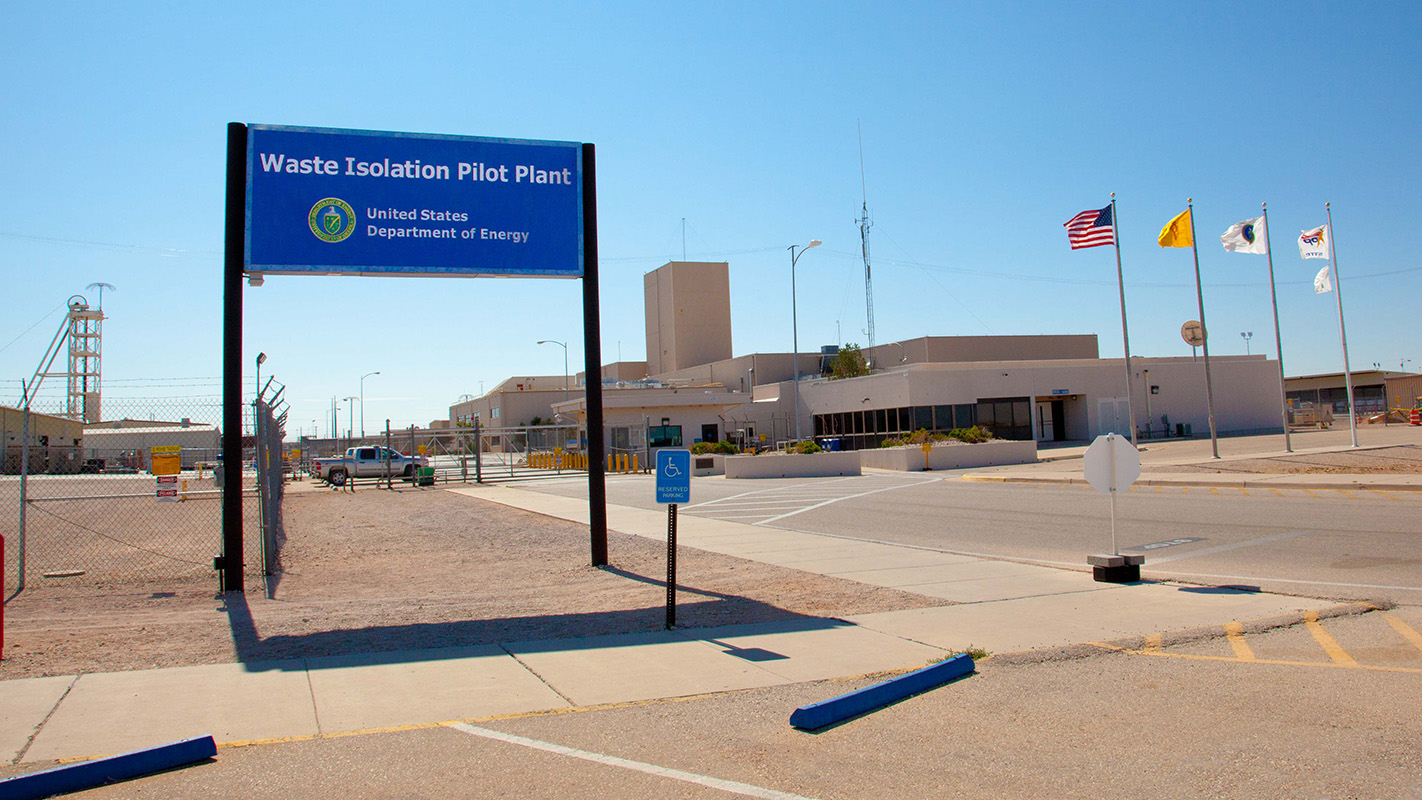Research Demonstrates That Air Data Can Be Used to Reconstruct Radiological Releases

For Immediate Release
New research from North Carolina State University demonstrates that experts can use data from air sampling technology to not only detect radiological releases, but to accurately quantify the magnitude and source of the release. This has applications for nuclear plant safety, as well as national security and nuclear nonproliferation monitoring.
“This is something we knew was theoretically possible, but this is – as far as I know – the first time anyone has demonstrated the technology’s ability to reconstruct a release based on off-site air samples,” says Robert Hayes, an associate professor of nuclear engineering at NC State and the author of a paper on the work.
The research was made possible due to an unfortunate incident in 2014. In February of that year, the Waste Isolation Pilot Plant (WIPP) – a nuclear facility in New Mexico – had an event in an underground storage area. A 55-gallon drum of nuclear waste, which had been improperly packaged, effectively exploded. This released at least two Curies of radioactivity in the underground storage area. This was enough to shut the facility down for recovery, but very little radioactivity – a few milliCuries – escaped into the environment.
WIPP was equipped with state-of-the-art air sampling and monitoring equipment inside the facility. And WIPP had also installed air sampling equipment stretching away from the facility for many miles.
Because of the on-site sampling and monitoring equipment, Hayes knew the size and location of the radiological release. He then used Department of Energy assets to predict what path the radioactivity plume would take after the accident and what the radioactivity levels would be in the off-site air samples.
When he evaluated all of the data from the off-site air sampling stations, he found that the predictions demonstrated impressive accuracy and precision.
“The predictions were correct to within one-tenth of a millirem in terms of potential dose to a person, which is similar to the radiation dose a large man gets from the natural potassium in his own body over the course of a day,” Hayes says. “This prediction technique works. And if we can plug a general timeframe for the release into the model, it also works for reconstructing a radiological release.”
Multiple federal, state and commercial air sampling networks are deployed across the country for various applications including radiological detection. With these, the technique should work in the event of a large “dirty bomb” attack or other national security incident, Hayes says.
“The WIPP release was incredibly small, and the technique worked,” Hayes says. “Any national security incident would likely be significantly bigger, and could potentially be detected and reconstructed using data from fewer or more widely-spaced air sampling stations downwind of the release.”
The paper, “Consequence Assessment of the WIPP Radiological Release from February of 2014,” is published in the journal Health Physics. The work was done with support from the Department of Energy under grant DE-EM0001971 and the Nuclear Regulatory Commission under grant NRC-HQ-84-14-G-0059.
-shipman-
Note to Editors: The study abstract follows.
“Consequence Assessment of the WIPP Radiological Release from February of 2014”
Author: Robert Bruce Hayes, North Carolina State University
Published: Feb. 26, Health Physics
DOI: 10.1097/HP.0000000000000477
Abstract: On February 14, 2014, a continuous air monitor alarm at the exit of panel 7 in the WIPP underground caused the mine ventilation to shift from unfiltered air over to HEPA filtration for its effluent. Subsequent measurements of the effluent at both pre- and post-HEPA filtration using representative sampling demonstrated that a release had occurred.
Utilizing modeling based on measured effluent activity, onsite dose estimates were calculated and later measured via bioassay to be less than 10 mrem from intakes of radioactivity. The maximum offsite dose potential to nearby dwellings was modeled to be 0.1 mrem or less, which was consistent with air samples being taken at those dwellings during the release demonstrating impressive accuracy and precision. No worker or public dose limits have been exceeded and the release was substantially below the annual release limits for the WIPP site.
- Categories:


